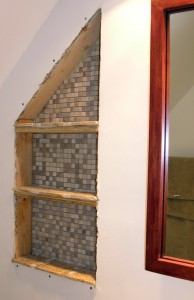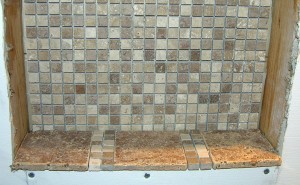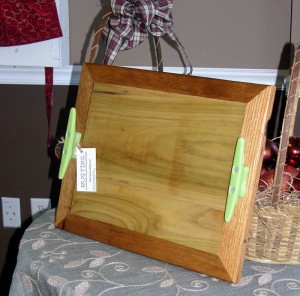 I made a couple of these cool trays from scrap wood for a storefront in Chelsea, Alabama. Trays are made from Indiana poplar with a border of Alabama oak salvaged from barn timbers. There are natural knots, nail holes, and other character that comes with salvaged wood. The finish is food safe. The ceramic handles, styled after cleats, give it a unique nautical feel.
I made a couple of these cool trays from scrap wood for a storefront in Chelsea, Alabama. Trays are made from Indiana poplar with a border of Alabama oak salvaged from barn timbers. There are natural knots, nail holes, and other character that comes with salvaged wood. The finish is food safe. The ceramic handles, styled after cleats, give it a unique nautical feel.
You can purchase these from first fruits in the Benson Plaza of Chelsea Corners. A portion of the purchase price will go to the ministry and benefit women and children of the Hannah Home Shelby.
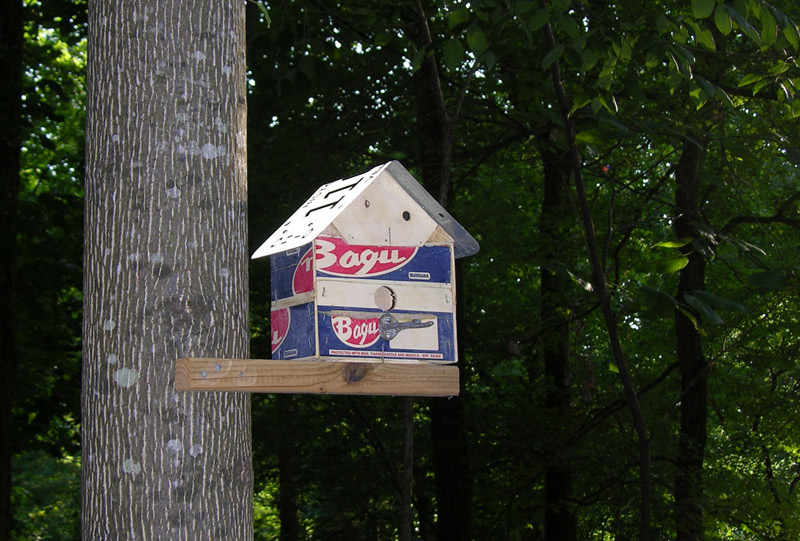











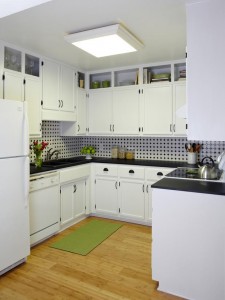
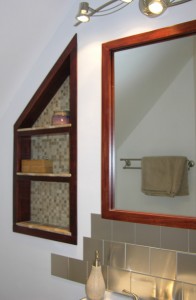 Finished the
Finished the 